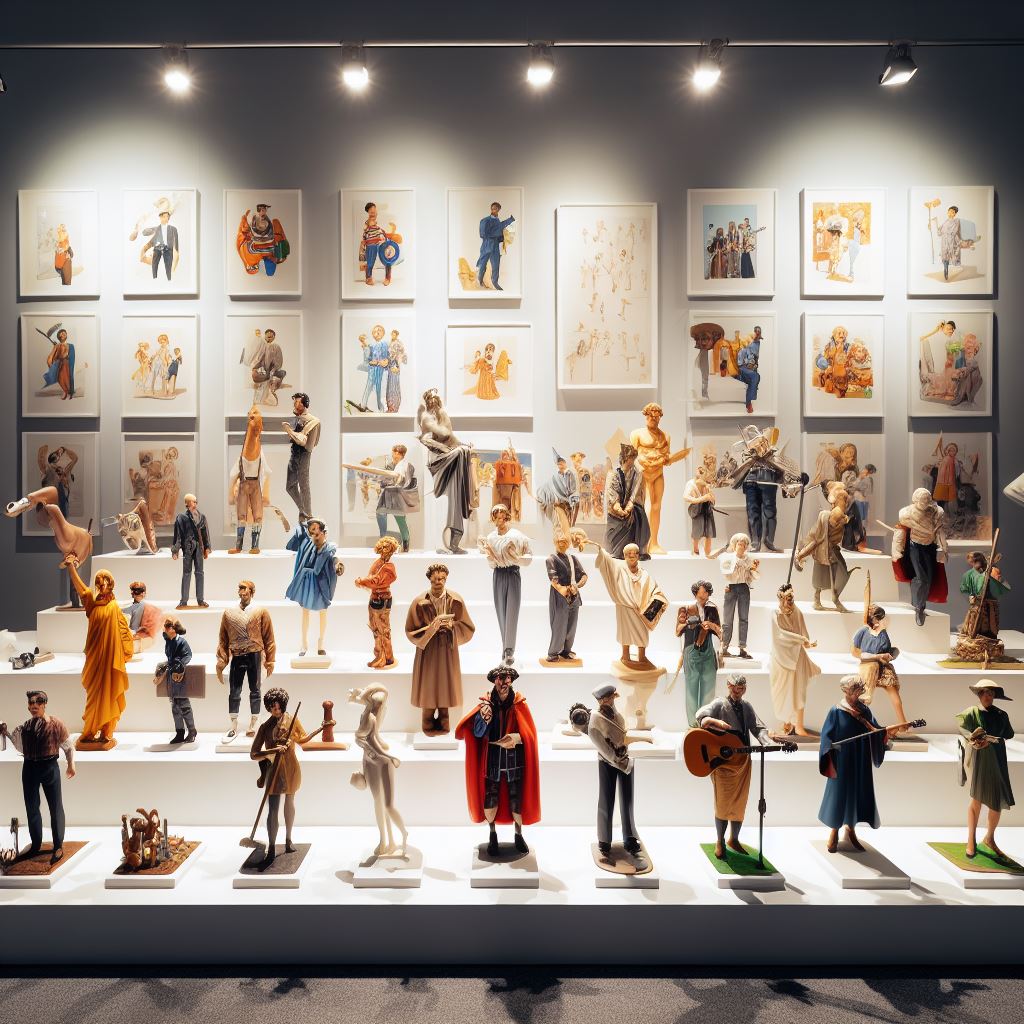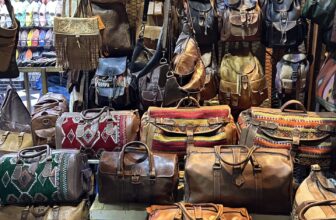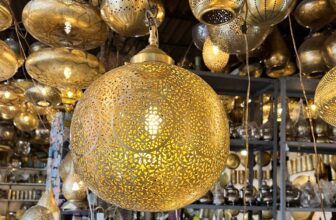The Art of Figurings: A Thousand Words in Sculpted Silence

Introduction
In the realm of art, where colors speak volumes and shapes tell stories, figurings stand as silent sentinels of human expression. Beyond the strokes of a painter’s brush or the intricacies of a poet’s verse, figurative sculpture embodies a unique form of creativity that transcends time. This article embarks on a comprehensive journey into the world of figurings, tracing their historical roots, exploring their diverse cultural manifestations, and contemplating the contemporary evolution of this timeless art form.
A Historical Odyssey
To comprehend the essence of figurative sculpture, one must embark on a journey through time, back to the cradle of civilization where ancient craftsmen first carved stone and molded clay into representations of gods, heroes, and everyday life. The classical era in Greece, epitomized by iconic sculptures like the Venus de Milo and the Discobolus, marked a zenith in human artistic achievement. These masterpieces not only showcased technical brilliance but also conveyed a profound understanding of anatomy and proportion.
Fast-forwarding through the annals of history, the Renaissance emerged as a golden age for figurative sculpture. Artists such as Michelangelo and Donatello, with chisels in hand, breathed life into marble, creating timeless pieces like the awe-inspiring David. The Renaissance was a revival of not only artistic techniques but also a rekindling of the human spirit as an artistic subject. Sculptors delved into the intricacies of anatomy, seeking to capture the essence of the human form in all its glory.
Figurative Expressions Around the Globe
While the Western world reveled in the Renaissance, figurative expression found diverse paths in cultures worldwide. In ancient Egypt, colossal statues of pharaohs and deities adorned temples, embodying the grandeur of a civilization that worshipped both life and the afterlife. Meanwhile, Indian sculptors carved intricate representations of gods and goddesses, each chisel stroke echoing the spiritual beliefs and cultural narratives of the subcontinent.
The African continent, with its rich tapestry of traditions, wove figurative sculptures into the very fabric of daily life. Wooden carvings became vessels for cultural identity and spiritual significance, depicting ancestors, deities, and mythical creatures. Each piece told a story, a narrative passed down through generations.
Modernity and Transformation
As the 20th century unfurled its wings, figurative sculpture underwent a metamorphosis. The advent of abstract and contemporary art challenged traditional norms, urging sculptors to explore unconventional materials and redefine established styles. Artists like Henry Moore and Alberto Giacometti became pioneers, pushing the boundaries of form and expression.
Moore, known for his monumental bronze figures with organic forms, blurred the lines between abstraction and figuration. Meanwhile, Giacometti’s elongated and emaciated figures spoke to the existential angst of the post-war era. These artists demonstrated that figurative sculpture need not be confined to realism; it could be a vessel for conveying complex emotions and abstract concepts.
Contemporary Explorations
In the 21st century, figurative sculpture has continued to evolve, reflecting the ever-changing landscape of art. Contemporary sculptors, unshackled by the constraints of tradition, embrace diverse mediums and novel approaches. The works of Ron Mueck and Antony Gormley stand as testament to the vitality of figurative sculpture in the modern age.
Ron Mueck, with his penchant for hyper-realism, crafts figures that transcend mere representation. His larger-than-life sculptures, meticulously detailed and hauntingly lifelike, invite viewers to contemplate the intricacies of the human condition. In contrast, Antony Gormley’s explorations extend beyond the confines of the gallery space. His installations, such as the iconic “Angel of the North,” engage with the relationship between the human body and its surroundings, blurring the lines between sculpture and environment.
The Silent Dialogue
Figurative sculpture, whether carved from stone, cast in bronze, or assembled from unconventional materials, engages in a silent dialogue with those who encounter it. Unlike other art forms that may require interpretation or decoding, figurings communicate on a visceral level. The human form, frozen in time, speaks to the universal experiences of joy, sorrow, love, and despair.
As viewers stand before a figurative sculpture, they become participants in this silent dialogue. The sculpted form elicits emotions, prompts introspection, and serves as a bridge between the artist’s vision and the spectator’s innermost thoughts. In this exchange, words may fail, but the language of form and expression prevails.
Conclusion
In the grand tapestry of art, figurative sculpture stands as a thread woven through time, connecting ancient civilizations to the contemporary world. From the classical elegance of Greece to the spiritual richness of India, from the bold experiments of the 20th century to the boundary-pushing creations of today, figurings continue to tell stories in silence.
As we stand before these sculpted forms, we embark on a journey through history, culture, and the human experience. Figurative sculpture, with its silent eloquence, reminds us that art transcends the limits of language, offering a timeless and universal expression of the human spirit. In the chisel marks and contours, we find a thousand words that resonate across time and space, inviting us to contemplate the beauty and complexity of the human condition.






